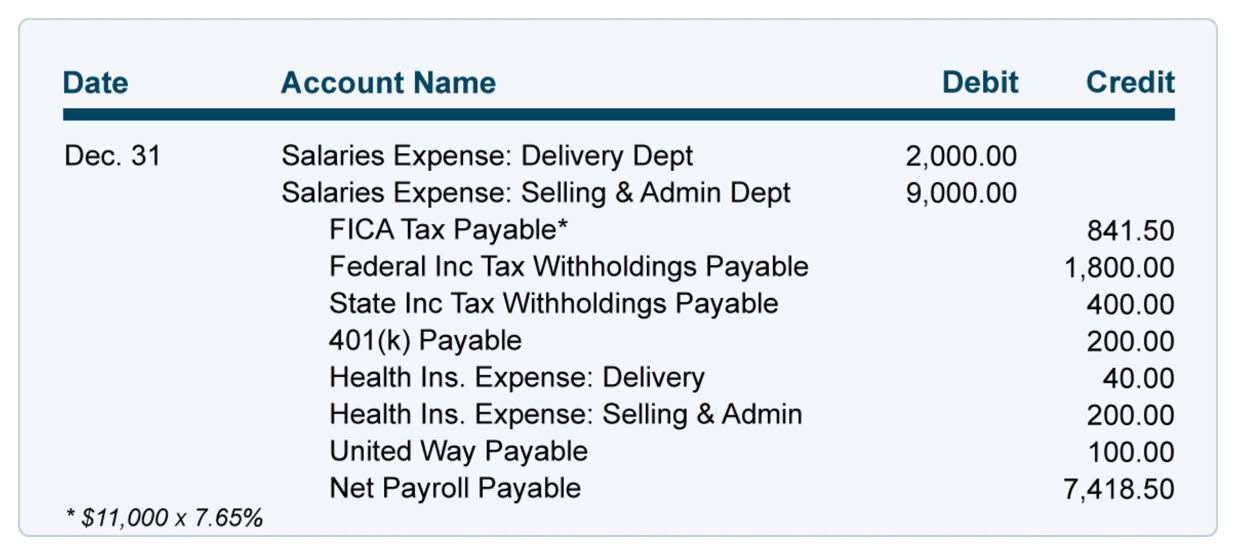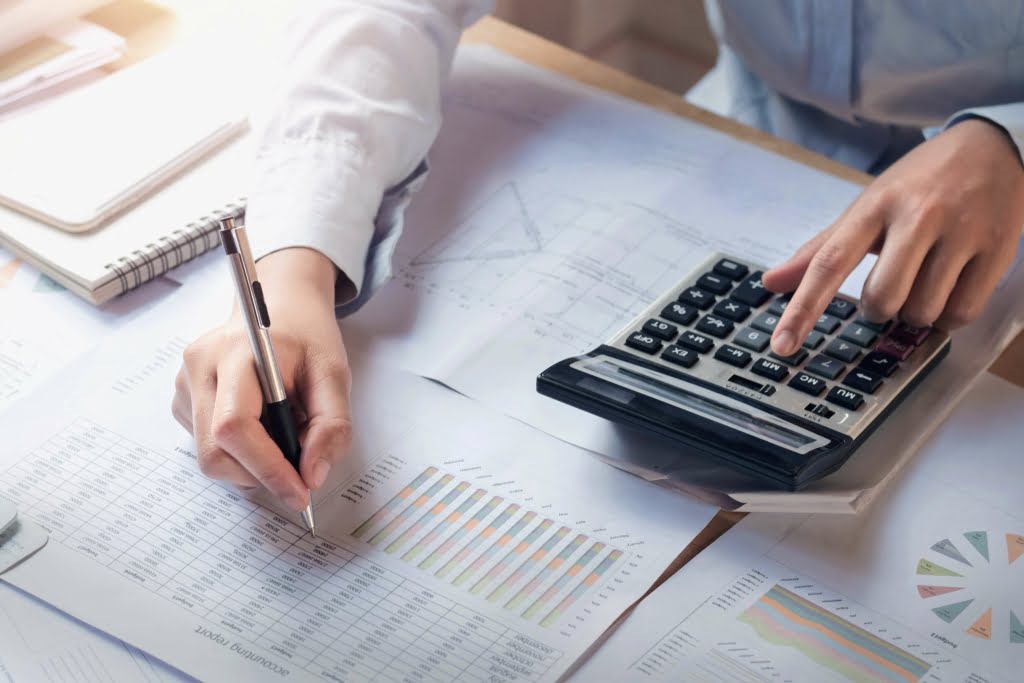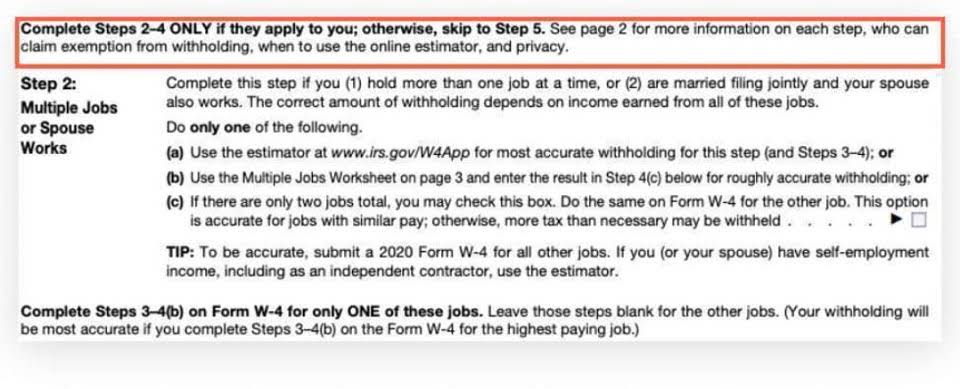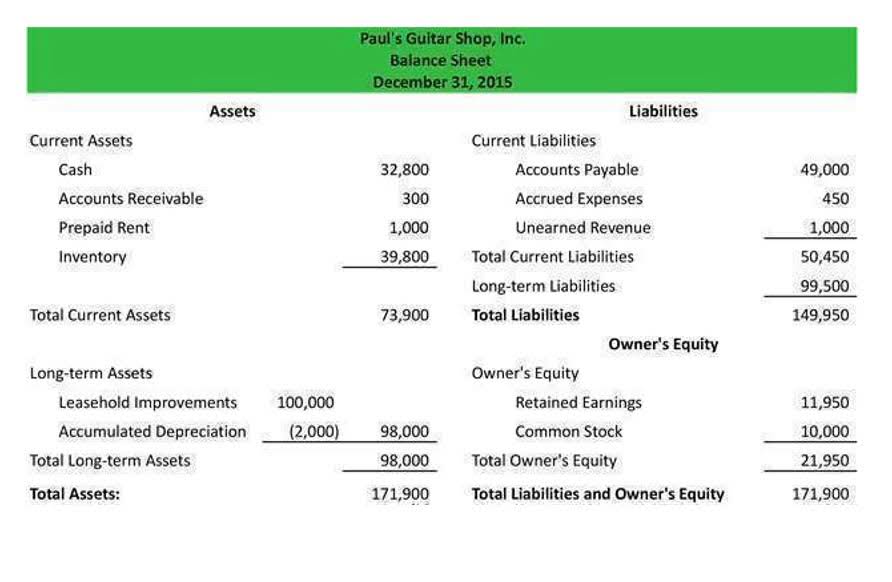
It helps to ascertain the true value of an asset over time, influences purchasing decisions and plays an essential role in tax planning. Here’s a breakdown of how accumulated depreciation is calculated, the recording process and examples of practical applications. The amount of accumulated depreciation for an asset will increase over time, as depreciation continues to be charged against the asset. The original cost of the asset is known as its gross cost, while the original cost of the asset less the amount of accumulated depreciation and any impairment charges is known as its net cost or carrying amount. It’s listed as an expense so it should be used whenever an item is calculated for year-end tax purposes or to determine the validity of the item for liquidation purposes.

Units of Production Method
Depreciation is an accounting process of distributing the cost of an asset over its estimated useful life as per the matching concept. However, when such depreciation is accumulated in a separate account till the date of the concerned asset’s disposal or sale, it is called provision for depreciation. That part of the accounting system the accumulated depreciation account is called which contains the balance sheet and income statement accounts used for recording transactions. Included are the income statement accounts (revenues, expenses, gains, losses), summary accounts (such as income summary), and a sole proprietor’s drawing account. Note that the estimated salvage value of $8,000 was not considered in calculating each year’s depreciation expense. In our example, the depreciation expense will continue until the amount in Accumulated Depreciation reaches a credit balance of $92,000 (cost of $100,000 minus $8,000 of salvage value).
- Accumulated depreciation is recorded as a contra asset to offset the historical cost of a fixed asset, showing its reduced value over time.
- Accumulated depreciation is incorporated into the calculation of an asset’s net book value.
- This entry indicates that the account Depreciation Expense is being debited for $10,000 and the account Accumulated Depreciation is being credited for $10,000.
- For purposes of the units of production method, shown last here, the company’s estimate for units to be produced over the asset’s lifespan is 30,000 and actual units produced in year one equals 5,000.
- Instead of crediting the asset account directly, the credit is to a special account called Accumulated Depreciation.
Advance Your Accounting and Bookkeeping Career

The machine in our example above that was purchased for $500,000 is reported with a value of $300,000 in the third year of ownership. Companies may do this so they can claim higher depreciation deductions on their tax returns and because it stretches the difference between revenue and liabilities. Other times, accumulated depreciation may be shown separately for each class of assets, such as furniture, equipment, Grocery Store Accounting vehicles, and buildings.

DDB is an Accelerated Method of Depreciation
This account is paired with and offsets the fixed assets line item in the balance sheet, and so reduces the reported amount of fixed assets. This account has a natural credit balance, rather than the natural debit balance of most other asset accounts. Despite these factors, the accumulated depreciation account is reported within the assets section of the balance sheet. Accumulated depreciation is typically shown in the Fixed Assets or Property, Plant & Equipment section of the balance sheet, as it is a contra-asset account of the company’s fixed assets.
- The “declining-balance” refers to the asset’s book value or carrying value (the asset’s cost minus its accumulated depreciation).
- In some financial statements, the balance sheet may just show one line for accumulated depreciation on all assets.
- The difference between the debit balance in the asset account Truck and credit balance in Accumulated Depreciation – Truck is known as the truck’s book value or carrying value.
- You would continue repeating this calculation for each subsequent year until the end of the asset’s useful life or the book value (Initial Cost – Accumulated Depreciation) becomes less than the depreciation expense.

These assets are often retained earnings described as depreciable assets, fixed assets, plant assets, productive assets, tangible assets, capital assets, and constructed assets. If the vehicle is sold, both the vehicle’s cost and its accumulated depreciation at the date of the sale will be removed from the accounts. If the amount received is greater than the book value, a gain will be recorded. With this procedure, the balance sheet reports both the original cost of the asset and the accumulated depreciation to date.
Declining Balance Method
Financial analysts will create a depreciation schedule when performing financial modeling to track the total depreciation over an asset’s life. For tax purposes, the IRS requires businesses to depreciate most assets using the Modified Accelerated Cost Recovery System (MACRS). Accumulated depreciation is not a current asset, as current assets aren’t depreciated because they aren’t expected to last longer than one year. To illustrate, here’s how the asset section of a balance sheet might look for the fictional company, Poochie’s Mobile Pet Grooming.
Book Value or Carrying Value of Assets
For example, office furniture is depreciated over seven years, automobiles get depreciated over five years, and commercial real estate is depreciated over 39 years. MACRS depreciation is an accelerated method of depreciation, because allows business to take a higher depreciation amount in the first year an asset is placed in service, and less depreciation each subsequent year. The four methods allowed by generally accepted accounting principles (GAAP) are the aforementioned straight-line, along with declining balance, sum-of-the-years’ digits (SYD), and units of production. Depreciation measures how quickly an asset loses value before it breaks down or becomes obsolete. Accumulated depreciation is the total amount of an asset’s original cost that has been allocated as a depreciation expense in the years since it was first placed into service.
